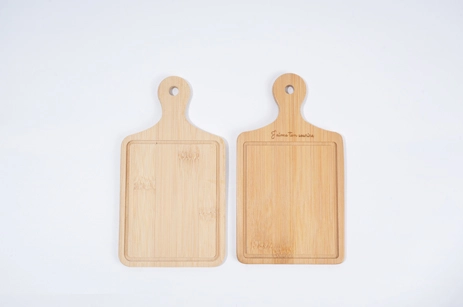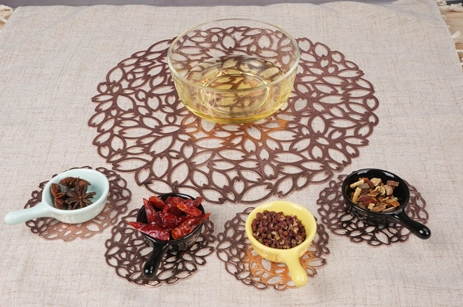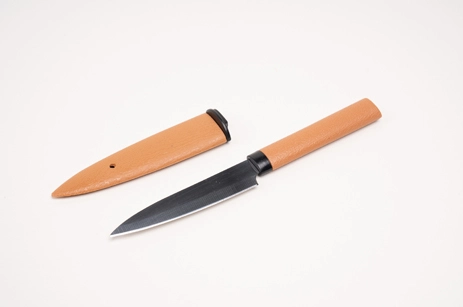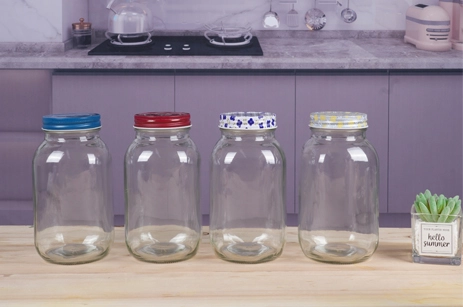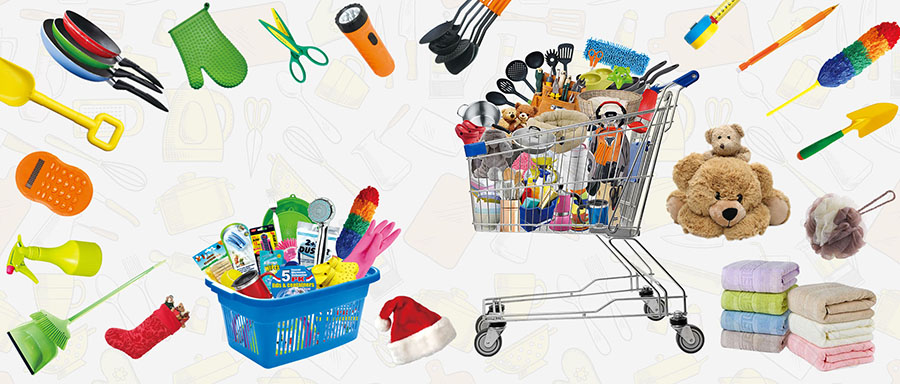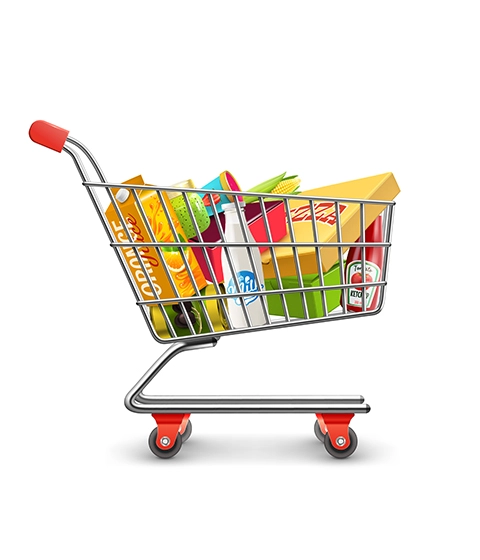The Benefits of Wooden vs. Plastic Cutting Boards
Wooden Cutting Boards:
1. Durability: Wooden cutting boards are known for their durability and longevity. With proper care, they can last for many years without warping or cracking.
2. Knife-friendly: Wood is a softer material compared to plastic, which means it is less likely to dull your knives over time.
3. Natural Antimicrobial Properties: Certain types of wood, like maple and bamboo, have natural antimicrobial properties that can help inhibit the growth of bacteria on the board's surface.
4. Aesthetic Appeal: Wooden cutting boards often have an attractive and warm appearance, which can add to the aesthetic appeal of your kitchen.
5. Eco-friendly: Wood is a renewable resource, making wooden cutting boards a more sustainable option compared to plastic ones.
Plastic Cutting Boards:
1. Easy to Clean: Plastic cutting boards are generally dishwasher safe and easy to clean by hand. They can withstand high heat without any damage.
2. Lightweight and Portable: Plastic cutting boards are lightweight, making them easy to carry and move around the kitchen. They are also a popular choice for outdoor cooking.
3. Variety of Colors and Designs: Plastic cutting boards are available in a wide range of colors and designs, allowing you to personalize your kitchen.
4. Cost-effective: These Chinese kitchenware wholesale tends to be more affordable compared to wooden ones, making them a budget-friendly option for home cooks.
5. Resistance to Stains and Odors: Plastic cutting boards are non-porous, which means they are less likely to absorb food stains and odors compared to wooden boards.
How to Properly Clean and Maintain Your Cutting Board
1. Wash with hot, soapy water: After each use, wash your cutting board with hot, soapy water. Use a scrub brush or sponge to remove any food particles stuck to the surface. Avoid leaving your cutting board in standing water for extended periods as it can warp the board.
2. Disinfect: To disinfect your cutting board, use a solution of one part vinegar to four parts water or a mild bleach solution. Apply the solution to the board and let it sit for a few minutes before rinsing thoroughly with water.
3. Don't forget the crevices: Pay special attention to any crevices or grooves in your cutting board where bacteria can hide. Use a small brush or toothbrush to clean these areas effectively.
4. Avoid harsh cleaning agents: Avoid using harsh or abrasive cleaners on your cutting board, as they can damage the surface. Stick to mild soap and water or natural cleaning agents like vinegar and lemon juice.
5. Proper drying and storage: After washing, make sure to dry your cutting board thoroughly with a clean towel or air-dry it completely before storing. Moisture can promote the growth of bacteria. Store your cutting board in a cool, dry place, preferably standing upright to allow proper air circulation.
6. Additional maintenance for wooden boards: Wooden cutting boards require additional maintenance. Apply a food-safe mineral oil or beeswax regularly to keep the wood moisturized and help prevent cracking. Sanding the board occasionally can also help remove any deep grooves or stains.
The Importance of a Good Cutting Board in the Kitchen
1. Food Safety: A good cutting board plays a crucial role in maintaining food safety in the kitchen. It provides a clean and sanitary surface for preparing and cutting ingredients, reducing the risk of cross-contamination between different foods.
2. Knife Protection: A high-quality cutting board helps protect your knives from dulling or becoming damaged. The surface of a good cutting board should be gentle enough to preserve the sharpness and integrity of your knife blades.
3. Durability: Investing in a good cutting board means you'll have a durable and long-lasting kitchen tool. A sturdy cutting board will withstand the impact of sharp knives, heavy chopping, and regular use without warping or splitting.
4. Stability: It's important for a cutting board to have a stable surface to prevent it from slipping or sliding while you chop or slice ingredients. This stability ensures safer food preparation and reduces the risk of cutting yourself.
5. Versatility: A good cutting board should be versatile enough to handle all types of ingredients, from vegetables and fruits to meat and poultry. It should be able to accommodate different cutting techniques and sizes of ingredients, making your cooking process more efficient.

 EN
EN
 jp
jp 